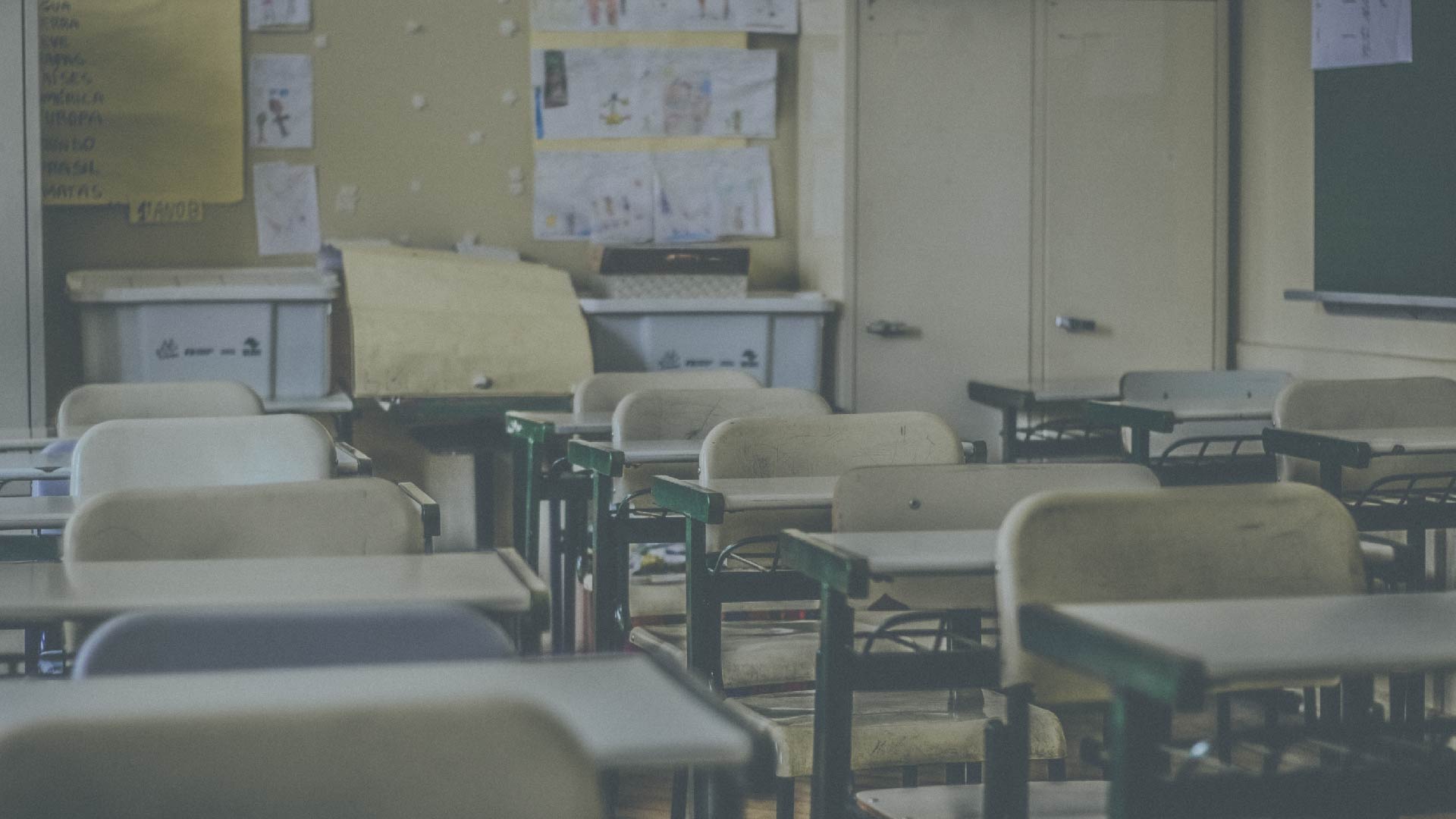High School Classroom Structure and Expectations
Topics Covered
Click To Jump To A Specific Section
Get More Help
Other Educational Reources
Browse personalized mentoring / coaching options or documents / templates that fit the needs of any student
If you think all high classrooms follow the same traditional teaching structure, then you might be surprised to find that nowadays, there are actually several different types of classrooms high school teachers use! In this article, you’ll learn about two main types of classrooms, and how you can adjust to each.

Traditional Classrooms
A traditional classroom structure is what you might be most familiar with: these classrooms revolve around an instructor teaching students the required material for the duration of one or two classroom periods, and then assigning homework over the material.
- Homework is meant to reinforce the concepts taught in class
- Advantages: allows students to complete homework on their own time, lecture material might be taught in a manner that’s easier for students to understand
- Disadvantages: teacher may not teach in an easy to understand or engaging way, no easy access to a teacher while completing homework, hard to ask questions
Tips for adjusting to a traditional classroom setting:
- If you know ahead of time what lesson(s) will be covered in the next class, read your textbook or watch YouTube videos to get a basic understanding of the material (so you understand your teacher more thoroughly)
- Try to get homework done ahead of the due date so you have time to ask questions
- If this is difficult, at least glance through the assignment to pinpoint any parts that may be confusing
- Keep in touch with your classmates! You can even make a group chat for a class and help each other with confusing portions
Inverted/Flipped Classrooms
An increasingly popular type of classroom structure, a flipped classroom is based on the idea of students learning the lecture material by themselves before class and then using class time to complete assignments and projects.
- The material may be learned through lectures recorded by the teacher, textbook readings, or external websites such as Khan Academy and YouTube
- Advantages: allows students access to an instructor who can explain any concepts in further detail as necessary, helps students be flexible with their learning, helps students improve their self-teaching skills
- Disadvantages: some students may not have enough time to complete assignments in the given time, others have difficulty self-teaching
Tips for adjusting to a flipped classroom setting:
- Thoroughly learn as much of the material as you can by using whatever resources help you best understand the lessons (look into YouTube, Khan Academy, Albert, your textbook)
- Write down all questions and clarifications ahead of time so you know exactly what to seek help on
- If possible, look at the given assignment(s) ahead of time
- Try to acquire a community of classmates/friends to look to for additional support
Some teachers may have a hybrid classroom or slightly vary their teaching based on a particular point in the unit, or material. For example, some teachers use a traditional lecture format, but during the week before an exam, they may ask students to review the lessons and complete a test review in class. No matter which situation you find yourself in, take a couple of weeks to learn what is and isn’t working for you and adjust your schedule based on that!

Mythri Challa
Writer
Our writers are always current students to ensure our guides are applicable and relevant. Click on the writer’s name above to learn more about them!

EP Enterprise
Our Team
It takes a team to build and power this platform! Check out our full team by clicking the platform name above.